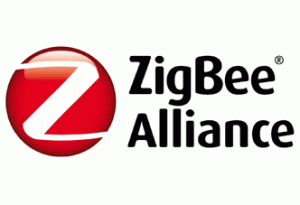
Smart home technology is here and is increasing penetration into consumer’s homes day-by-day but, as with any technology, standards and protocols matter.
For the past 15 years or so, technology companies have sought to develop software solutions that enable the use of Internet protocol (IP) for wireless sensor networks and other connected devices that leverage Internet connectivity.
As a result several means of connectivity and networking have emerged that are making their way into smart home solutions including ZigBee and 6LoWPAN.
But which of these standards will go on to define the connected home of the future?
In this post we will look at the merits of two of these standards and invite you to speculate on the future of the smart home.
ZigBee
Created by the ZigBee Alliance —an open, non-profit association of approximately 400 members— ZigBee is a networking layer built on top of IEEE standard 802.15.4 MAC.
It was designed to provide a standards-based protocol for interoperability of sensor networks.
So far it has proved to be one of the most popular low-cost, low-power wireless mesh networking standard available today.
ZigBee is used by a variety of cable and telecommunication companies including Comcast, Time Warner Cable, EchoStar, DirecTV, Charter, Rogers, Deutsche Telekom, and Videocon.
These companies are using ZigBee in their set-top boxes, satellite transceivers, and home gateways to deliver home monitoring and energy management solutions to their customers.
This major buy-in from big players is one of ZigBee’s major strengths as it is already well established and proven – particularly in North America. The mesh networking format of ZigBee means that the more devices added to the network the more robust it becomes.
6LoWPAN
6LoWPAN is an acronym for IPv6 over Low-power Wireless Personal Area Networks. 6LoWPAN products have recently entered the industry and in several areas are competing with ZigBee as it can utilize 802.15.4 and also run on other PHYs, allowing for seamless integration with other IP-based systems.
The unique advantage of 6LoWPAN is the fact that every device will be given its own IPv6 address, allowing unprecedented visibility and control for smart devices. With IPV4 addresses quickly running out, the advent of IPV6 is inevitable, making 6LoWPAN an even more attractive prospect.
Source: nxp.com
